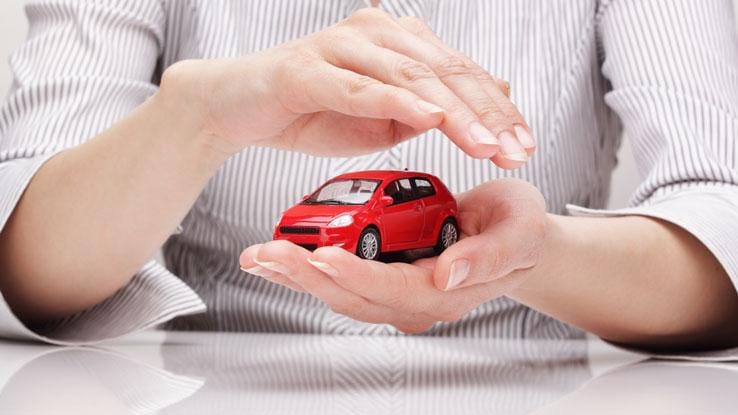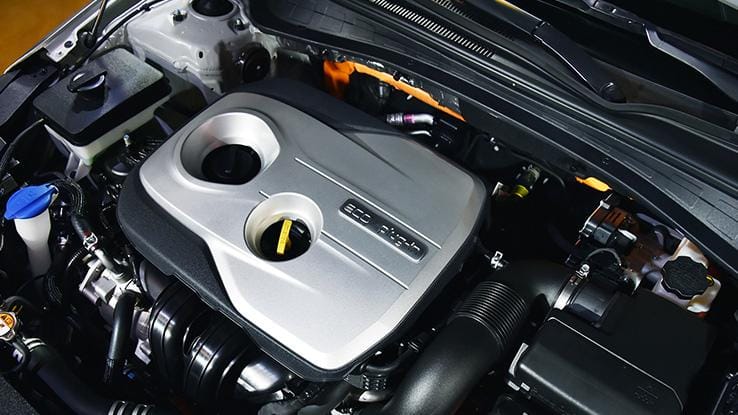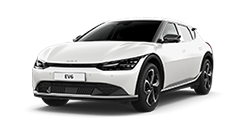open menu
- Home>
- Discover Kia>
- ASK>
- What is fuel efficiency?
What is fuel efficiency?
“Fuel efficiency refers to a measure of how much distance your car can travel with a specific volume of fuel.

At its most basic, fuel efficiency is defined as a measure of how much a car will convert energy in fuel into kinetic energy to travel. In other words, fuel efficiency shows how far your car can travel with a certain amount of fuel. In America, the concept is described as "miles per gallon" (mpg). Vehicles with better fuel efficiency tend to consume less fuel to carry out the same task. Therefore, reducing wasted fuel. Choosing a fuel efficient vehicle can bring a wide range of advantages: saving fuel costs, reducing carbon footprint, cutting our dependence on oil, etc. Let's take a quick look at why fuel efficiency is a crucial element you need to take into account, as well as the benefits it can offer you as a driver and a responsible citizen alike.
Save Money On Gas
Oil prices are one of the major issues facing drivers today. Given the rising prices of fuel, it's probably time for you to consider saving money on gas. The gas mileage, the amount of gas your car consumes per mile, plays an important role in how much money you save on gas each year. According to some economists, you might save 4,500 USD for 5 years by driving a vehicle that gets 30 mpg rather than 20 mpg . Thus, if you start trying to drive a more fuel-efficient car and use less fuel, not only will you save a lot of money, but you can also spend that saved money on something more meaningful to you instead.
Reduce Carbon Footprint
While you can try plenty of little things in your daily lives to reduce your carbon footprint, driving a car with better fuel efficiency is undoubtedly the best way to fight climate change. A recent study found that driving a more fuel efficient vehicle is by far the most realistic and effective action to achieve the largest cuts in emissions. The research says a car that gets 30 mpg would reduce total emissions by 5% than a vehicle that gets 20 mpg. So, if you want to contribute to a decrease in greenhouse gas emissions, buying a car that boasts better gas mileage may be the best option.
Lower Dependence On Oil
According to statistics, over 70% of total U.S. on-road vehicles consume oil, and they account for nearly a fourth of the country's emissions, contributing to climate change. Moreover, the country paid about 120 million USD in 2014 for overseas oil, which was mainly imported from the Middle East. By owning a fuel efficient vehicle, you can reduce dependence on oil, as well as save money for both yourself and your country.

Check If It Has A Smaller Engine
If you are looking for cars with the latest technologies that assure a level of fuel efficiency, there are some vehicles that come equipped with a smaller engine thanks to the advancements of engine downsizing technology. Engine downsizing is estimated to be the most effective way to achieve better fuel efficiency. Engine downsizing means the employment of a smaller engine instead of a larger engine, typically using a turbocharger to maintain in-vehicle power. These combined technologies allow the car to have superior fuel efficiency while improving handling and performance, therefore rapidly gaining popularity. These days, Gasoline Direct Injection (GDI) is becoming the main focus while on the quest for enhanced fuel efficiency. If you adopt the GDI system in your car, it can help improve engine efficiency along with greenhouse gas emissions, through the increased pressure of the air coming into the engine.
Did It Use Lightweight Materials?
Using lightweight materials on car parts can result in better fuel efficiency as well. Now, many luxury cars have been adopting lightweight materials for several years to improve overall fuel efficiency as well as to maintain their competitive edge in the industry. One of the most prominent lightweight materials automakers have been experimenting with over the past few years is Polymer-Clay Nanocomposites. This material is known to be easy to process and can increase fuel efficiency as well as reduce greenhouse gas emissions. Though lightweight materials offer the potential to drastically improve fuel efficiency, they should first pass stringent durability requirements to be applied on vehicles. But, high costs incurred in the process are still limiting the widespread adoption of new lightweight materials on consumer vehicles.
Vehicles With Aerodynamics In Mind
The shape of a vehicle can be a crucial factor in fuel economy. Your car's shape affects how air flows around it, and this has to do with how much fuel your car uses. A vehicle with a rounded form, for example, slips through the air much more smoothly than a boxy car with an angular form. Therefore, decreasing fuel consumption. We call this smoothness in terms of the shape of a car, the aerodynamics of a car. Thus, selecting a car with a maximized aerodynamic design can help you increase fuel efficiency, as well as save money on gas. Also, an aerodynamic design is a key contributor to making an aesthetically pleasing car, which is sporty and sleek looking.
Embrace An Electric Vehicle Or Hybrid Vehicle
Electric vehicles (EVs) and hybrids are several times more fuel-efficient than conventional fuel vehicles. They typically consume up to 30% less fuel than traditional gas-powered equivalents. Thus, many automakers are now putting more emphasis on producing EV or hybrid models. Kia also provides a variety of hybrid and fully electric vehicles that you can choose from. The quintessential example would be the Kia e-Niro and Kia Niro Plug-In Hybrid. First, the e-Niro utilizes a battery and an effective electric motor to deliver a luxurious driving experience with zero emissions. This EV could save you up to 8,400 USD over three years compared with a similar-sized counterpart. Second, the Niro Plug-In Hybrid provides a combined system of a battery, a petrol engine, and an electric motor, adding flexibility to the vehicle. Since they provide the best of both worlds, you can drive with minimal cost, zero emissions, and big savings on your gas bill.












